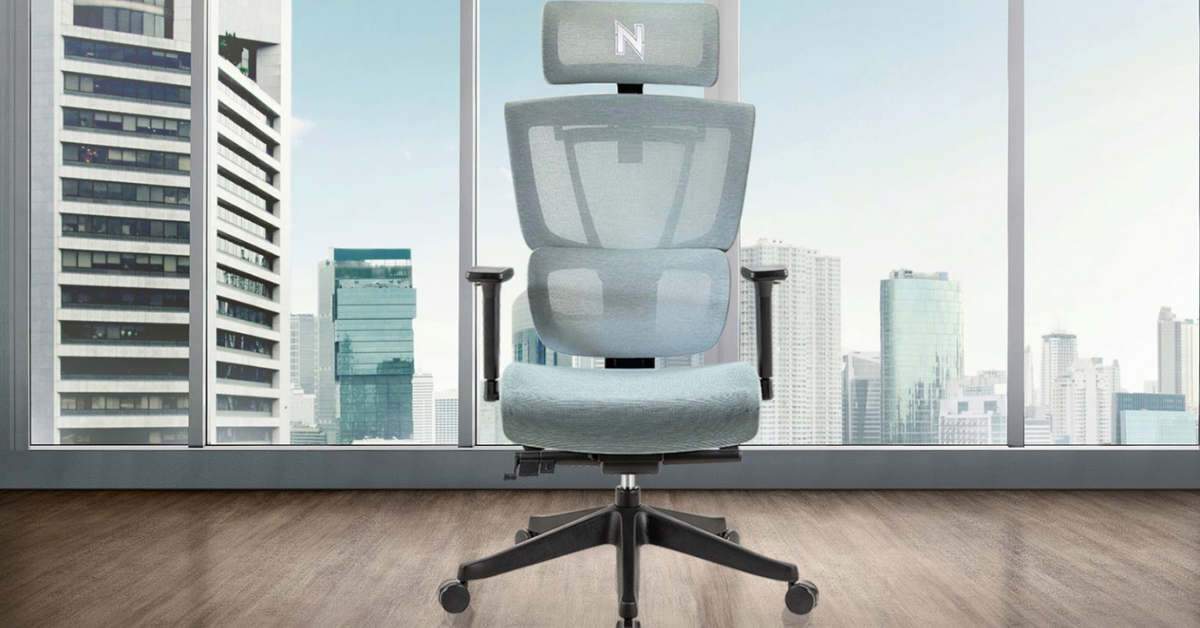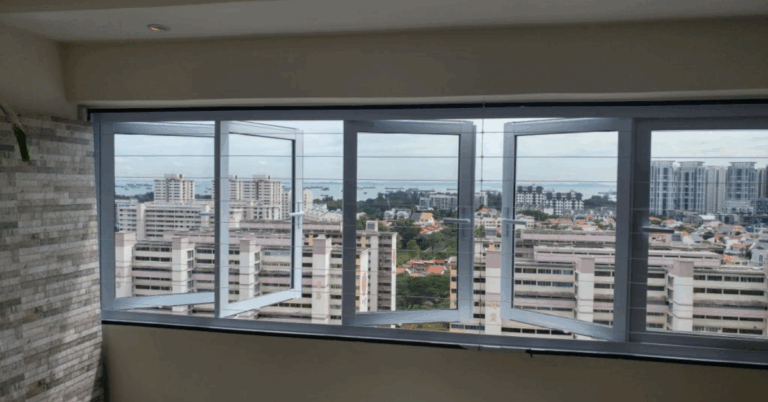Ergomeister Review: Is It Worth It? A Deep Dive into Comfort, Design & Value
When shopping for an ergonomic office chair, one name that often pops up in Singapore and the broader Asia-Pacific region is Ergomeister. In fact, in a recent comparative review of Hinomi vs. Ergomeister vs. NextChair in Singapore, Ergomeister is positioned as a strong contender in the comfort-versus-cost balance. In this article, we’ll do a standalone Ergomeister Review—analyzing its design, usability, pros and cons, competing alternatives, and whether it truly earns its reputation in ergonomic seating.
Why Ergonomic Chairs Matter
Before diving into the brand, let’s briefly revisit why ergonomic chairs are more than just a luxury. Many people spend 6–8+ hours a day sitting at desks. Poor postural support contributes to back pain, stiffness, circulation issues, and even reduced productivity. A chair that properly supports lumbar regions, encourages movement, adjusts to the user’s frame, and maintains comfort through long sessions can make a dramatic difference to health and well-being.
An ergonomic chair isn’t just about “looks” — it must adapt to multiple body types and postures. The ideal chair supports neutral spine alignment, encourages micro-movements, and gives adjustability across armrests, seat height, seat depth, recline, and back support.
With that context, let’s see how Ergomeister stacks up.
Brand Overview: Who Is Ergomeister?
Ergomeister is a brand focused on ergonomic furniture solutions, especially office chairs, and targets regional markets such as Singapore, Malaysia, and neighboring countries. The brand is often mentioned in regional reviews comparing ergonomic chairs (for instance, in relation with Hinomi and NextChair). While it may not yet rival global giants like Herman Miller or Steelcase in brand recognition or scale, Ergomeister aims to offer ergonomic design at a more accessible price point.
One thing to note: because Ergomeister is not as globally distributed, information and user reviews can be more localized, which means prospective buyers should pay closer attention to local after-sales service, warranty policies, and availability of replacement parts.
Design & Construction
Frame & Materials
Ergomeister chairs tend to come with a sturdy frame using high-grade plastics, metal reinforcements, and mesh in critical areas. The mesh back often allows airflow, which helps with prolonged sitting especially in warmer climates. The seat cushion is typically dense foam with a durable fabric or mesh seat cover, meant to balance softness and long-term resilience.
The chair’s base is usually a heavy, reinforced aluminum or steel base with smooth casters, offering good stability and smooth movement across floor surfaces.
Adjustability
One of the key expectations of an ergonomic chair is adjustability. In testing Ergomeister models, the following are often features (though availability depends on the specific model you choose):
-
Seat height adjustment (pneumatic lift)
-
Seat depth adjustment (sliding mechanism)
-
Backrest tilt / recline mechanism, often with adjustable tension
-
Locking positions (e.g. upright, reclined)
-
Adjustable lumbar support (sometimes via a knob or sliding mechanism)
-
3D or 4D armrests (up/down, forward/back, side, pivot)
These adjustments allow the chair to better adapt to different body sizes and working styles.
Ergonomic Comfort & Support
Ergomeister chairs emphasize lumbar support. A properly placed lumbar curve encourages the natural inward curve of the lower spine, which helps reduce slouching and strain. Many users report that the lumbar support is firm but comfortable, and can be fine-tuned to suit their preference.
The mesh or breathable components help with heat dissipation, which is especially beneficial in tropical or hot environments. The recline function is crucial: being able to change postures periodically relieves pressure on the spine, circulatory system, and gluteal muscles.
Performance & User Experience
Daily Use & Comfort
In practice, many users say Ergomeister chairs feel immediately comfortable. The learning curve of tweaking settings is present — one has to spend a little time adjusting all the parameters (height, tilt tension, armrests, etc.). But once dialed in, the chair tends to feel stable, supportive, and non-intrusive for long hours.
The seat cushion density is often praised: not too firm, not too soft. This middle ground helps maintain comfort across different users. The mesh back helps avoid “heat buildup” which is a common complaint in more heavily cushioned chairs, especially in tropical climates.
Durability & Build Quality
Given its price range, Ergomeister’s materials and construction are generally solid. Frames and bases don’t flex or creak under normal use. The challenge, as with many small to mid-tier ergonomic brands, lies in long-term durability over many years (5–8+ years) and how well parts hold up (e.g. armrest pads, gas lift, recline mechanism).
Some users may report minor squeaks or gradual loosening over extended use, but this is often manageable with occasional tightening or maintenance. The availability of spare parts and warranty support becomes critical in this context; buyers should confirm these beforehand.
Value for Money
One of Ergomeister’s strongest selling points is that it often delivers many high-end ergonomic features at a lower cost than premium international brands. For users in Singapore or Southeast Asia, the cost differential matters, especially when premium brands carry high import, tax, and shipping overheads.
However, the lower price comes with tradeoffs: potentially fewer finish options, fewer luxury touches, limited local support in some regions, and possibly more moderate longevity compared to ultra-premium brands.
Pros & Cons of Ergomeister
Here’s a balanced summary:
Pros:
-
Strong ergonomic feature set (adjustability, lumbar support)
-
Good balance of firmness and comfort for prolonged use
-
Effective cooling via mesh or breathable materials
-
Solid structural build for its price category
-
Better value compared to many global brand alternatives in the local market
-
Often praised in regional reviews for “bang for buck”
Cons / Considerations:
-
Limited brand recognition and product support in some regions
-
Longevity and parts replacement may be less assured than premium brands
-
Finish, aesthetics, or “luxury feel” may not match top-tier chairs
-
Adjustability may not be as fine-tuned or refined as in ultra-premium models
-
Some users may experience minor creaks or loosenings over long durations
Ergomeister vs. Alternatives
In that comparative context you originally referred to (Hinomi vs. Ergomeister vs. NextChair), Ergomeister tends to sit in the “good value mid-to-upper mid” tier. It offers better features than more basic chairs but doesn’t command the \“luxury\” premium of some top global brands.
-
Against Hinomi, Ergomeister may offer stronger adjustability or build in certain models, though Hinomi might appeal if aesthetic design or local support is a priority.
-
Against NextChair, Ergomeister might come at a lower price point while delivering many of the ergonomics features of NextChair, though NextChair may have advantages in branding, finishing, or longer warranties.
Elsewhere, comparing against giants like Herman Miller, Steelcase, Autonomous or Secretlab’s ergonomic lines, Ergomeister can compete on features-per-cost, though not necessarily on luxury finishes, brand prestige, or multi-decade proven durability.
Buying Tips & What to Look For
If you’re considering an Ergomeister chair, here are some tips:
-
Try before buying if possible: Sitting in for 15–30 minutes can reveal pressure points or adjustment limitations.
-
Confirm adjustability specs: Ensure it has the features you need (4D armrests, seat depth, lumbar adjustment, tilt tension, etc.).
-
Check warranty & spare parts: Ensure the seller or local distributor offers parts and servicing.
-
Measure your workspace & dimensions: Confirm chair dimensions (width, height range) suit your desk, body height, and workspace clearance.
-
Read local user reviews: Look for long-term feedback from users in your climate and context.
-
Maintain periodically: Tighten screws, lubricate pivot points, and adjust as needed to prolong the life of the chair.
Final Verdict: Is Ergomeister Worth It?
In sum, Ergomeister offers a compelling option in the domain of ergonomic chairs—especially for users who want a high level of adjustability and support without paying top-tier brand premiums. Its strengths lie in the balance of comfort, support, and value. For many users, the tradeoffs (lesser brand prestige, potentially limited long-term support) are acceptable given the savings.
If you’re in Singapore or Southeast Asia and want a practical yet ergonomic chair for your daily work, Ergomeister should certainly be on your shortlist. Just be diligent about testing, verifying warranty and replacement support, and ensuring the specific model meets your body and use-case needs.







